SWC Buckets getting started
wayner123
13 years ago
Related Stories
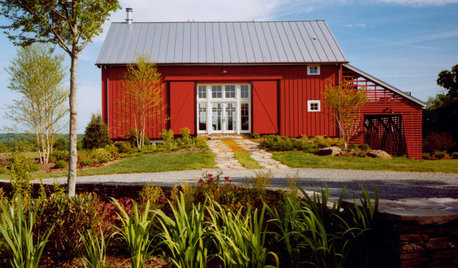
BARN HOMESOn an Architect's Bucket List: To Live in a Barn
Barn renovations celebrate the comfort of simple, big shapes, tied to the land
Full Story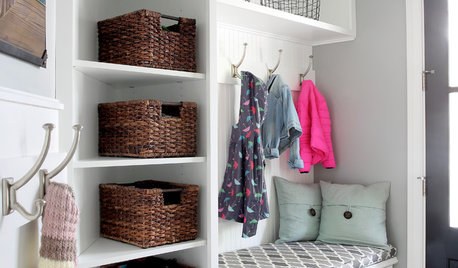
MOST POPULAROrganized From the Start: 8 Smart Systems for Your New House
Establishing order at the outset will help prevent clutter from getting its foot in the door
Full Story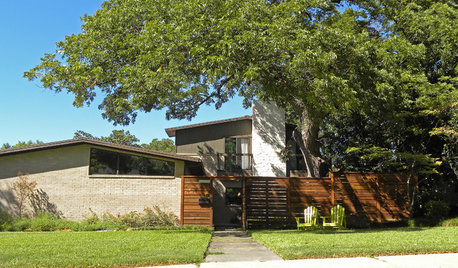
WORKING WITH PROSInside Houzz: How to Contact a Home Pro and Get Your Project Going
When you're ready to begin that remodeling project or landscape design, here's how to contact a pro on Houzz and get started
Full Story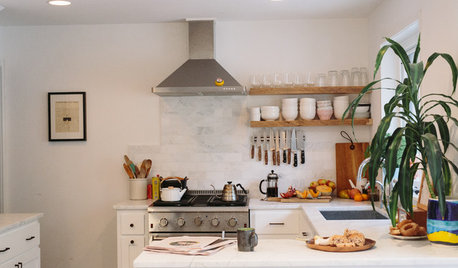
HOUZZ TOURSHouzz Tour: New Love and a Fresh Start in a Midcentury Ranch House
A Nashville couple, both interior designers, fall for a neglected 1960 home. Their renovation story has a happy ending
Full Story
FARM YOUR YARD6 Things to Know Before You Start Growing Your Own Food
It takes time and practice, but growing edibles in the suburbs or city is possible with smart prep and patience
Full Story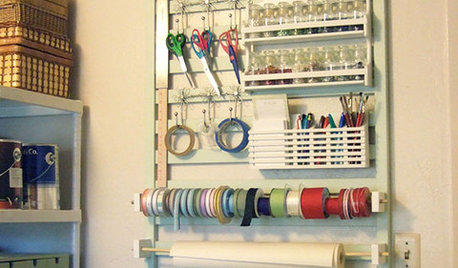
MORE ROOMSFresh Start: Organizing Your Craft Room
10 ways to stash your arts and crafts supplies in style
Full Story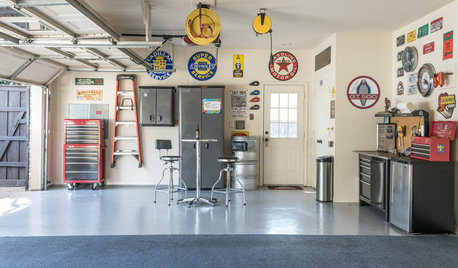
HOUSEKEEPING7-Day Plan: Get a Spotless, Beautifully Organized Garage
Stop fearing that dirty dumping ground and start using it as the streamlined garage you’ve been wanting
Full Story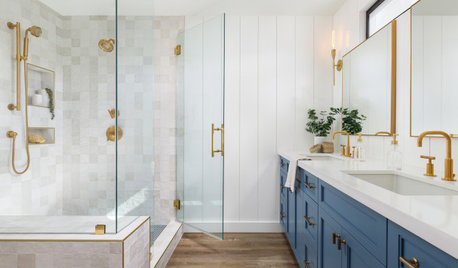
BATHROOM DESIGN7-Day Plan: Get a Spotless, Beautifully Organized Bathroom
We’ve broken down cleaning and decluttering the bath into daily, manageable tasks
Full Story
GARDENING GUIDESGet on a Composting Kick (Hello, Free Fertilizer!)
Quit shelling out for pricey substitutes that aren’t even as good. Here’s how to give your soil the best while lightening your trash load
Full Story





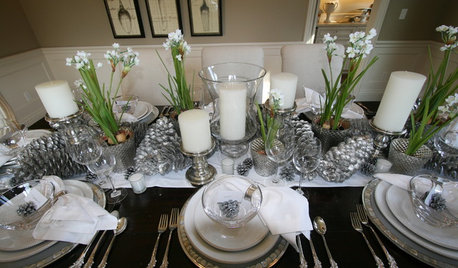


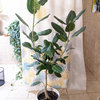
rnewste
wayner123Original Author
Related Professionals
Tempe Landscape Architects & Landscape Designers · Oatfield Landscape Architects & Landscape Designers · Pottstown Landscape Contractors · Four Corners Landscape Contractors · Attleboro Solar Energy Systems · Orinda Solar Energy Systems · Baltimore Window Contractors · Dallas Window Contractors · Meridian Window Contractors · Morton Grove Window Contractors · Evanston Fence Contractors · Maryland City Fence Contractors · Pasadena Fence Contractors · Prairieville Fence Contractors · Duarte Fence Contractorscol_sprg_maters
wayner123Original Author
wulfe
crm2431
gtippitt
rnewste
lathyrus_odoratus
ferretbee
rnewste
farkee
ferretbee
tomncath
rnewste
oderus_urungus
tomncath
rnewste
oderus_urungus
wayner123Original Author
bgaviator
wayner123Original Author
oderus_urungus
prestons_garden
prestons_garden
greenman28 NorCal 7b/8a
ferretbee
ferretbee
bgaviator
garf_gw
tomncath
wayner123Original Author
tomncath
wayner123Original Author
tomncath
grizzman
tomncath
wayner123Original Author
ferretbee